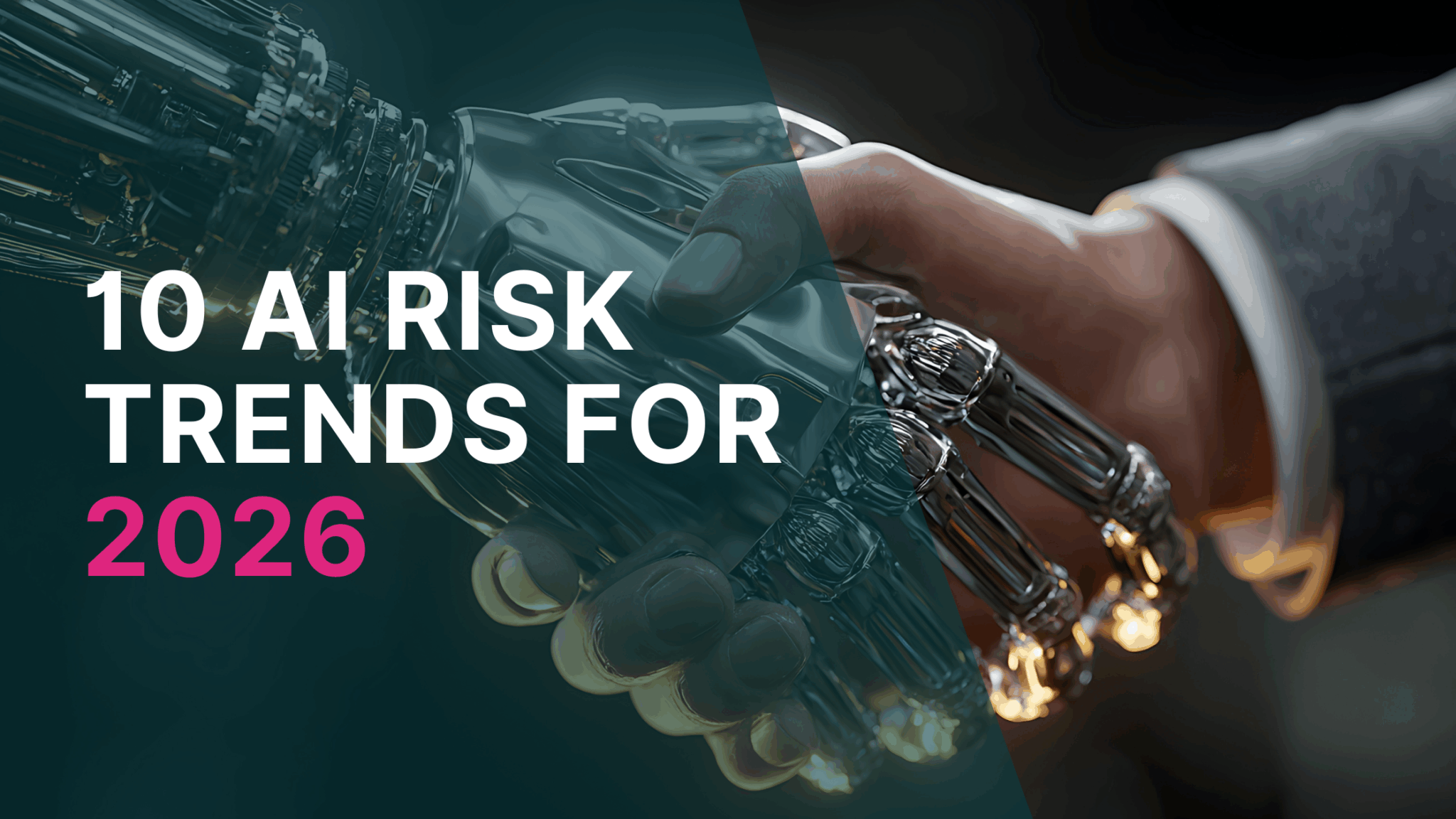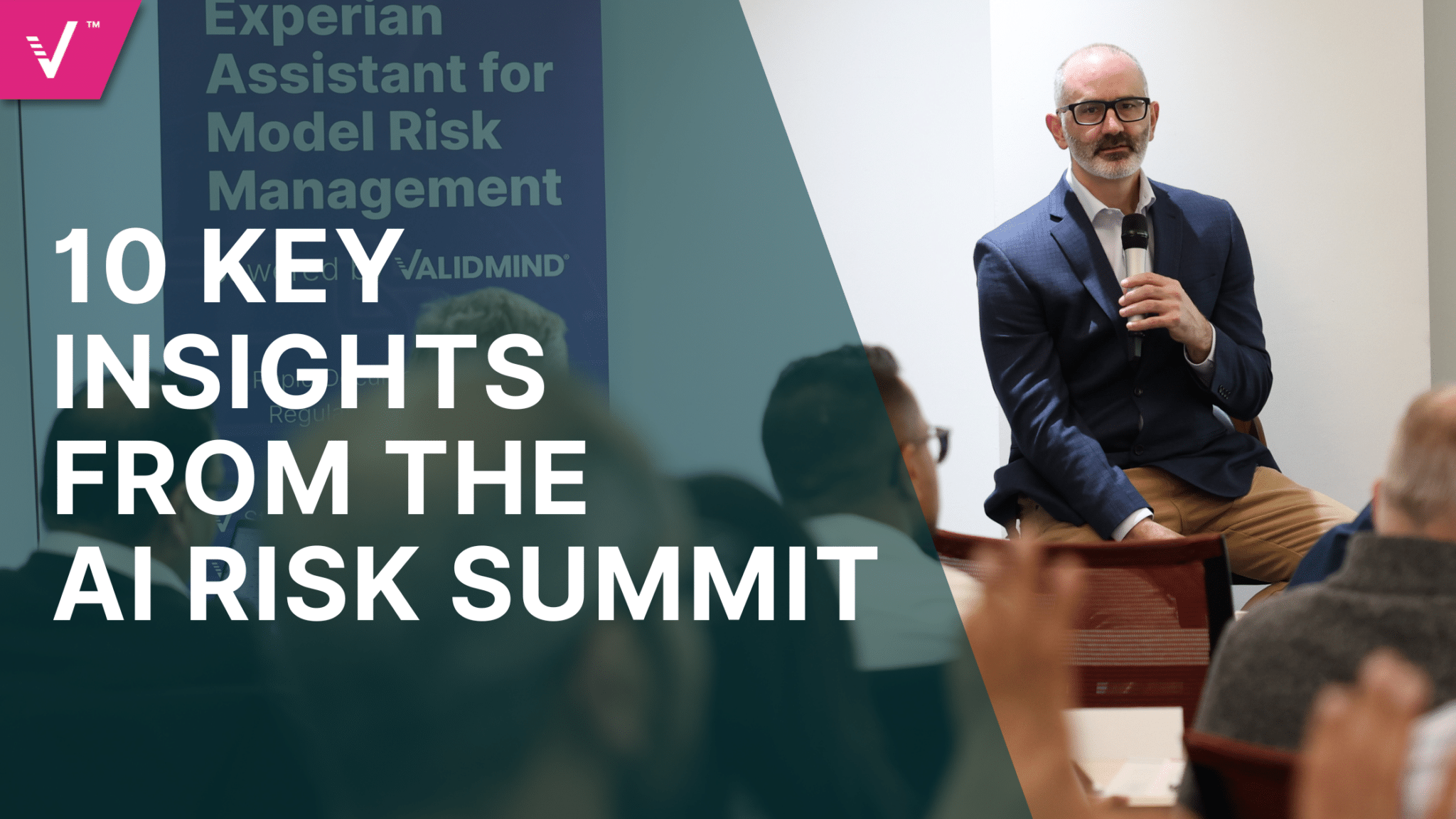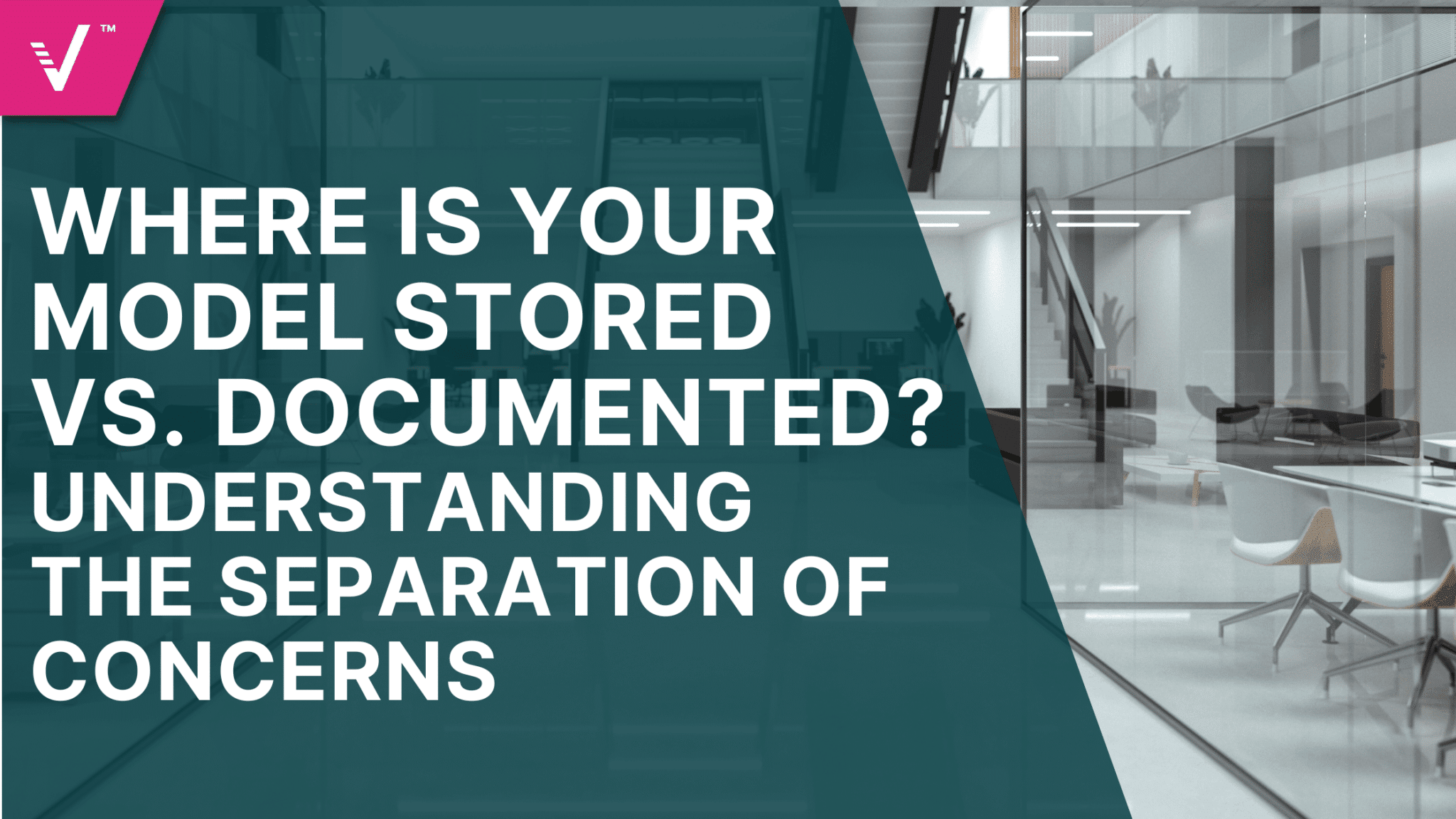10 AI Risk Trends for 2026

As organizations continue racing to adopt and scale generative AI, 2026 is shaping up to be a year defined by both acceleration, correction, and control. The pace of innovation remains staggering while governance, evaluation, and risk management have struggled to keep pace. Below, we explore the key trends likely to define the next phase of AI risk and governance, as businesses, regulators, and technologists grapple with a rapidly evolving landscape.
Register for the webinar: 10 AI Risk Trends That Will Define 2026
1. Development Will Outpace Risk Management—Until It Doesn’t
The excitement around GenAI has pushed development cycles faster than most risk frameworks can adapt. This imbalance can’t hold forever. In 2026, we’ll likely see incidents. Some will be small, others will make headlines. These incidents are likely to expose weaknesses in oversight and push organizations to slow down just long enough for governance to catch up. These disruptions may ultimately serve a useful purpose: prompting stronger evaluation frameworks and a more measured pace of deployment.
2. Governance Becomes an Enabler, Not a Checkbox
A major mindset shift is underway. Rather than viewing governance as a compliance exercise or a brake on innovation, leading organizations will recognize it as an accelerator. With clear guardrails, defined ownership, and transparent evaluation processes, teams can move faster and avoid costly missteps. Expect a noticeable shift in how business units engage with governance with less resistance and a greater emphasis on partnerships.
3. First-Line Ownership of AI Risk
In 2026, AI governance won’t just be a risk or compliance team issue; it will become a core business responsibility. The “first line of defense,” including product owners and data science leaders, will take a more active role in defining and maintaining governance frameworks. This greater involvement will help organizations balance innovation speed with responsible oversight, especially as AI systems move closer to core business processes.
4. Agentic Systems Mature
For many enterprises, 2026 will mark the first year of agentic AI systems at scale. These models are capable of autonomous, multi-step reasoning and action, and they’re poised to move from concept to production. These systems promise major gains in productivity, but also introduce entirely new risk surfaces. Institutions that have spent the past two years building robust governance frameworks will begin deploying agents in controlled environments. Early adopters, particularly large financial institutions, will lead the way, supported by more mature integration, monitoring, and evaluation practices.
With agentic systems comes a new class of risk, and 2026 will be the year organizations begin addressing it seriously. Expect advances in areas like guardrails, human-in-the-loop feedback, audit trails, and end-to-end testing for agents. Continuous monitoring for emergent behaviors will become standard practice as teams acknowledge that “unknown unknowns” are still very real. In short, AI risk management itself will become more agent-aware and dynamic.
5. Smaller, Domain-Specific Models Gain Ground
Not every use case requires a massive general-purpose model. As resource constraints, cost pressures, and environmental considerations grow, “not-so-large language models” will gain traction. These domain-tuned systems deliver strong performance within narrower contexts, including finance, healthcare, customer service. At the same time, they promise greater efficiency and easier explainability. This shift will mark a move toward sustainable AI development.
6. Convergence of AI and Cyber Risk
AI and cybersecurity are becoming inseparable. Many AI vulnerabilities like data poisoning, model theft, and adversarial inputs are fundamentally cyber threats. As a result, security and AI governance teams will increasingly collaborate. Red-teaming, adversarial testing, and threat modeling will be incorporated directly into AI risk programs. While this area is still emerging, 2026 will see the first real wave of integration between these disciplines.
7. AI Enters the C-Suite Agenda
The conversation about AI will continue to rise in the corporate hierarchy. For organizations adopting AI at scale, its implications reach every corner, from strategy to HR to financial performance. In 2026, expect more boards and executives to treat AI not just as a technology trend but as a core business transformation issue. These discussions will extend to automation, workforce strategy, and long-term competitiveness.
8. Fragmentation of Global AI Regulation
Globally, AI regulation is headed for greater fragmentation, not unification. While frameworks like the EU AI Act set important precedents, national and even state-level rules are proliferating. In the U.S., expect continued divergence between federal guidance and state legislation. Institutions operating across jurisdictions will face growing complexity in maintaining compliance, with moving goalposts and evolving definitions of “responsible AI.”
9. The AI Hype Cycle Matures
AI is still deep in a hype cycle, but it’s beginning to self-correct. The coming year will see what might be called “selective bubble popping”: overhyped players that overpromise will fade, while organizations delivering tangible value will thrive. The market will become more discerning, separating substance from spectacle. The fundamentals of AI are strong, but the ecosystem will become leaner, smarter, and more sustainable.
10. AI as a National Security Concern
Finally, AI will increasingly be viewed through a geopolitical and security lens. As synthetic media, autonomous agents, and AI-driven decision systems proliferate, national governments will treat AI as both an economic engine and a potential weapon. Expect greater emphasis on AI sovereignty, data control, and security-driven regulation. This shift will influence both corporate strategies and international relations in profound ways.
The story of 2026 will be one of recalibration. The past few years have been marked by unbridled enthusiasm for generative AI and rapid experimentation. The year ahead will bring maturity: firmer governance, sharper regulation, and more informed adoption. The organizations that succeed will be those that treat risk not as a constraint, but as the key to sustainable innovation.



